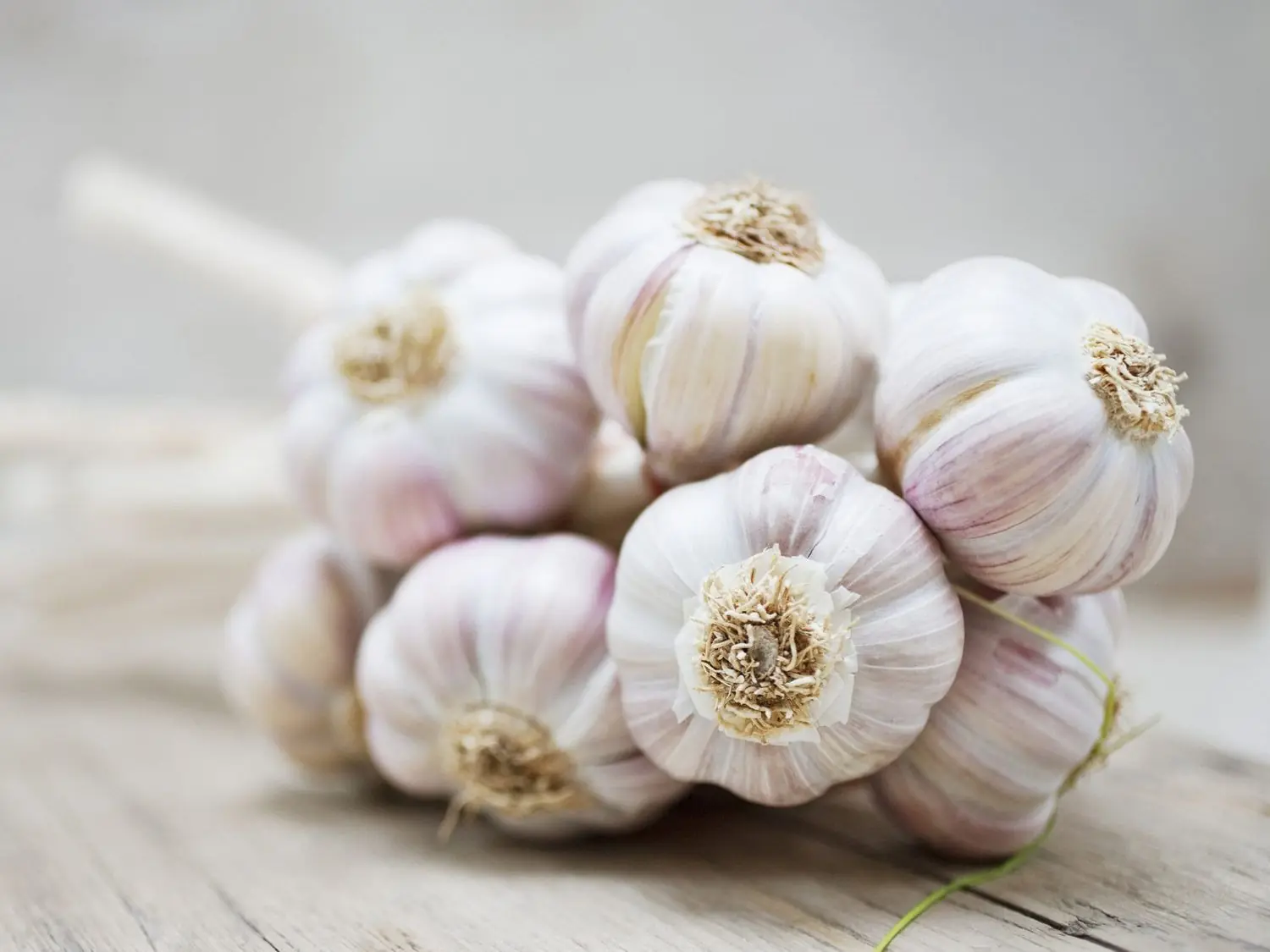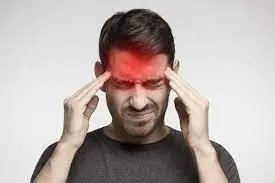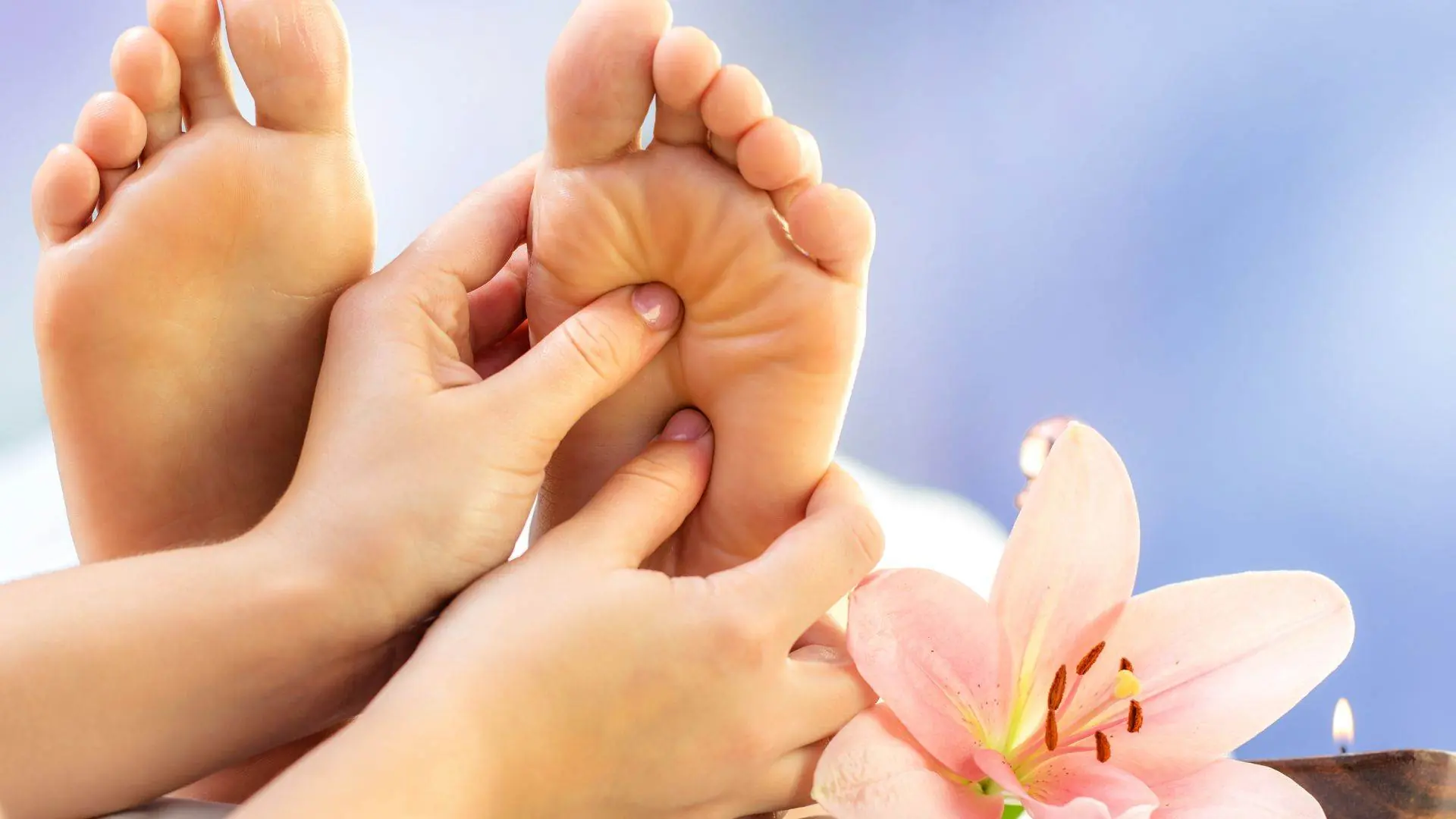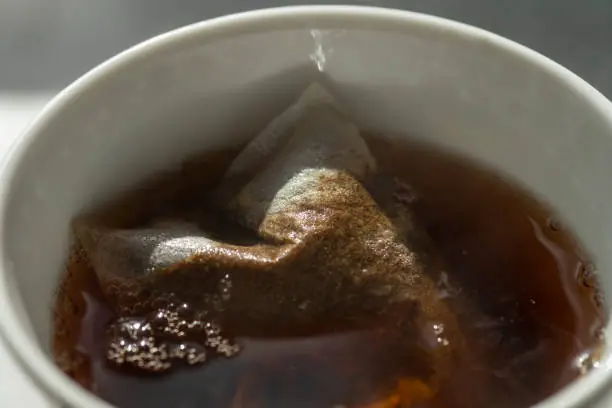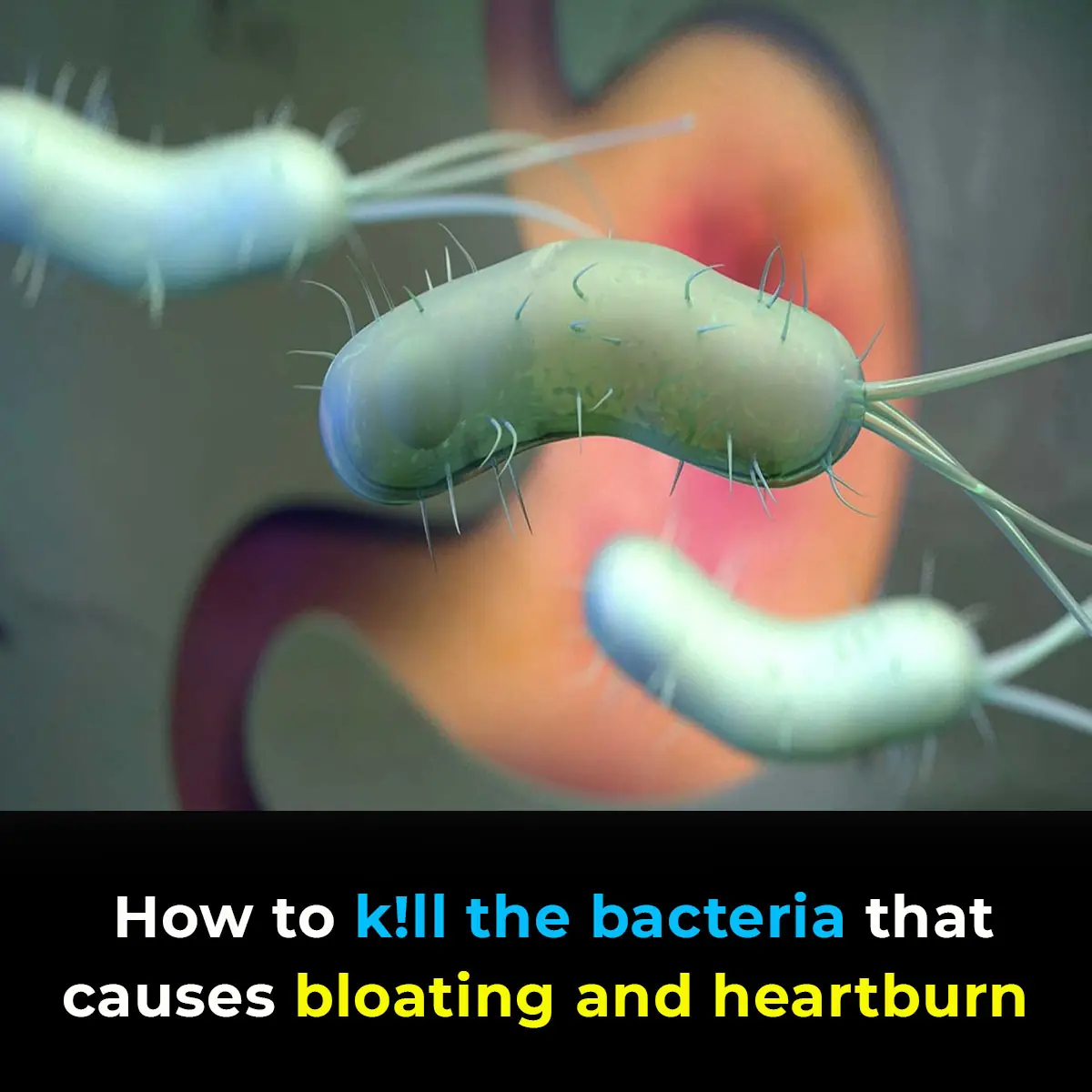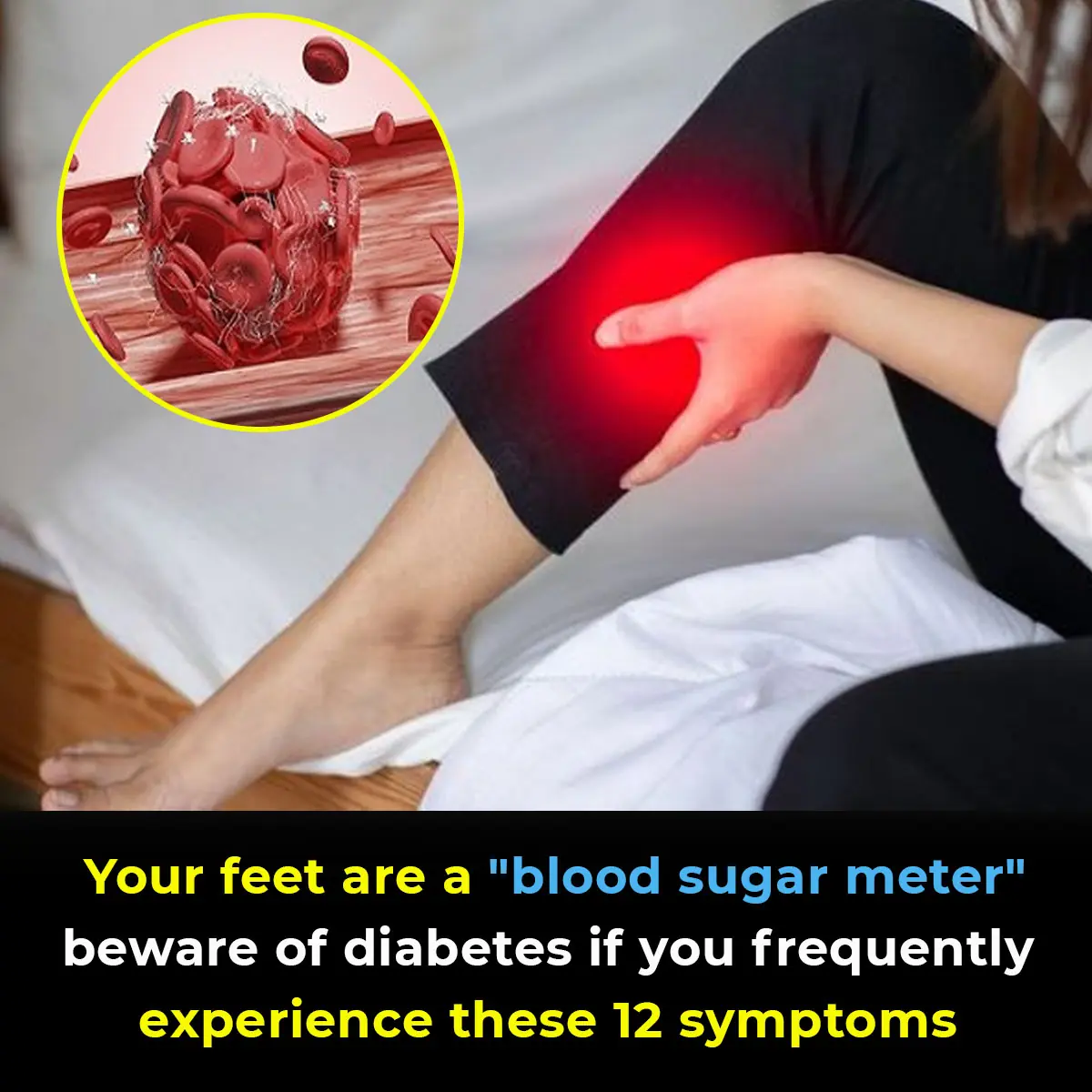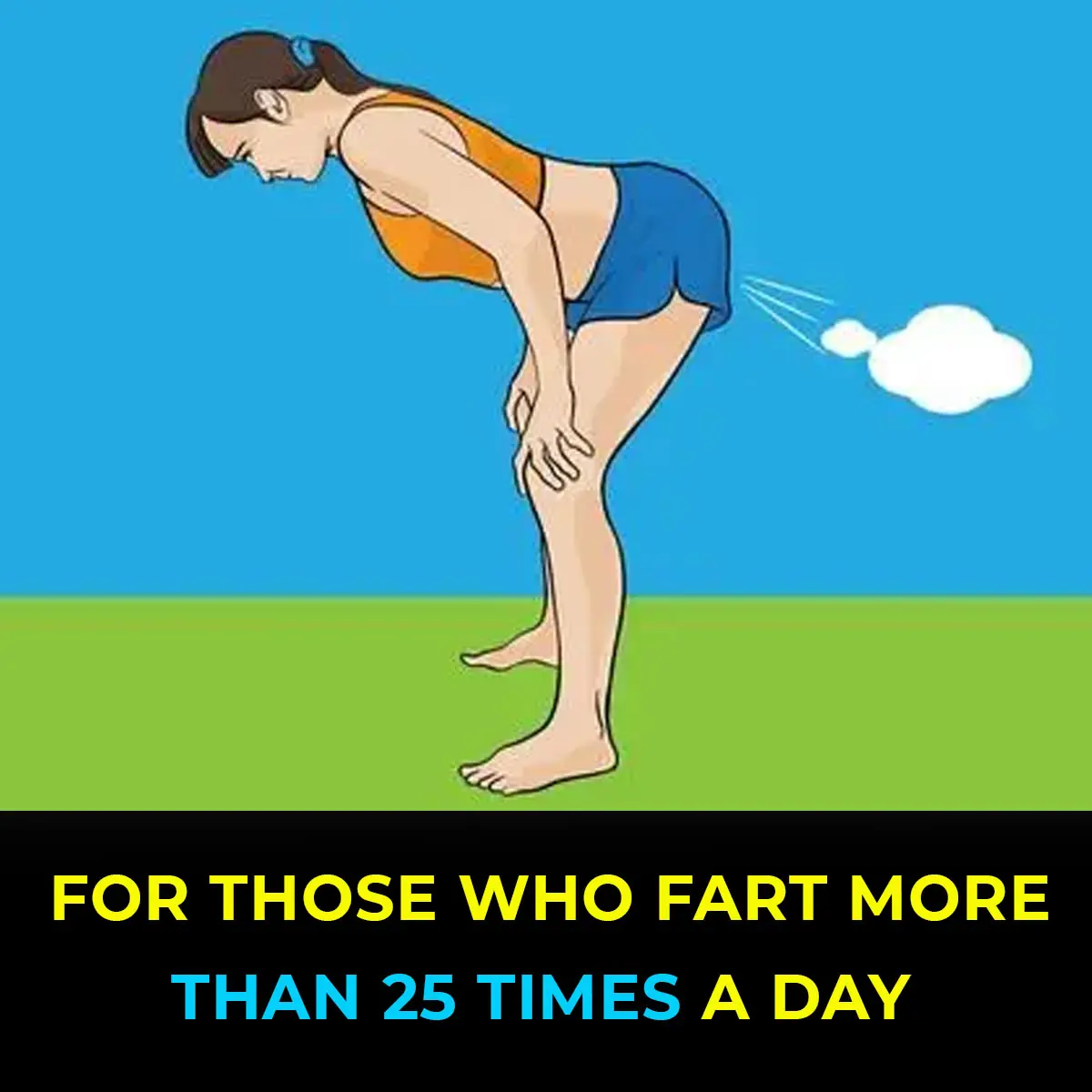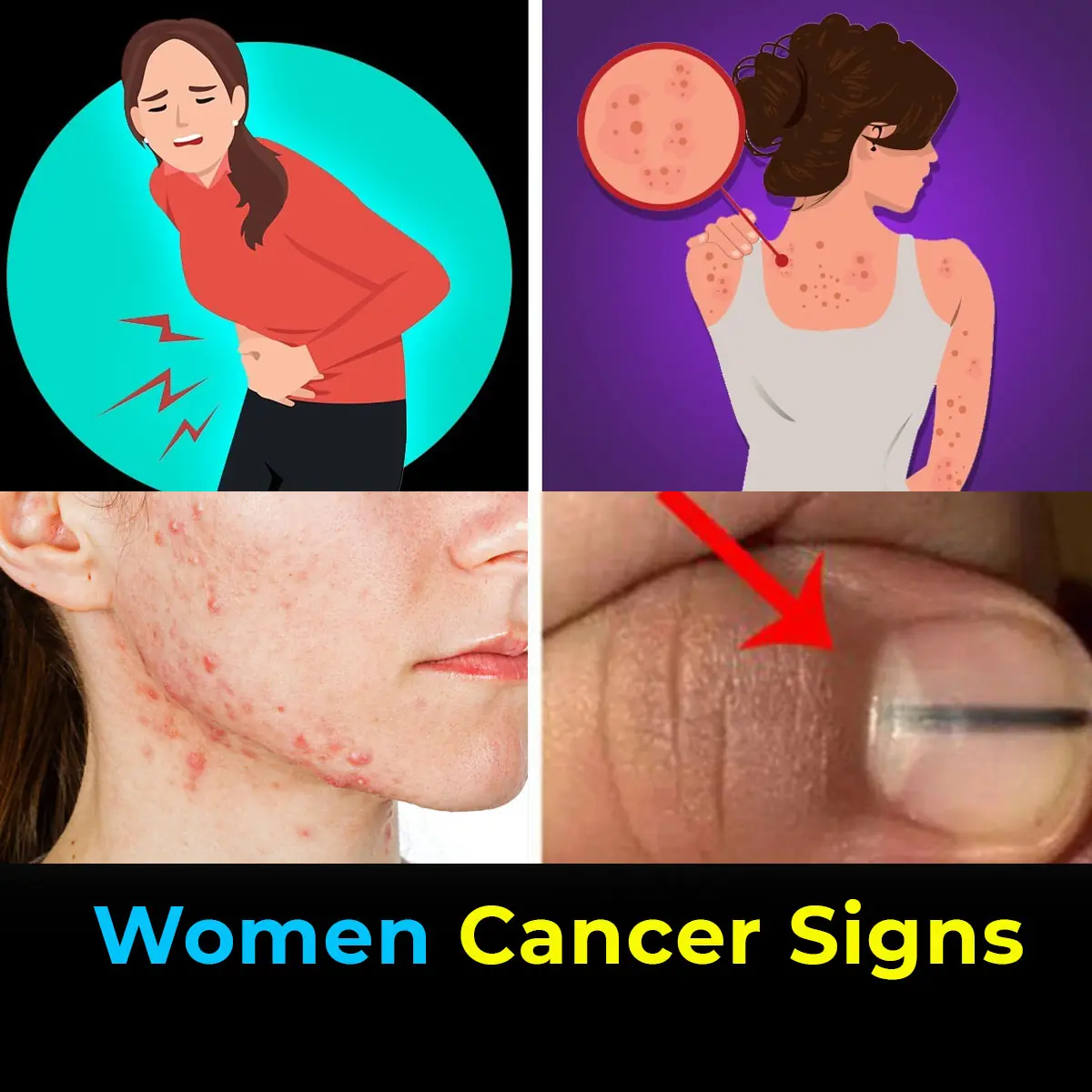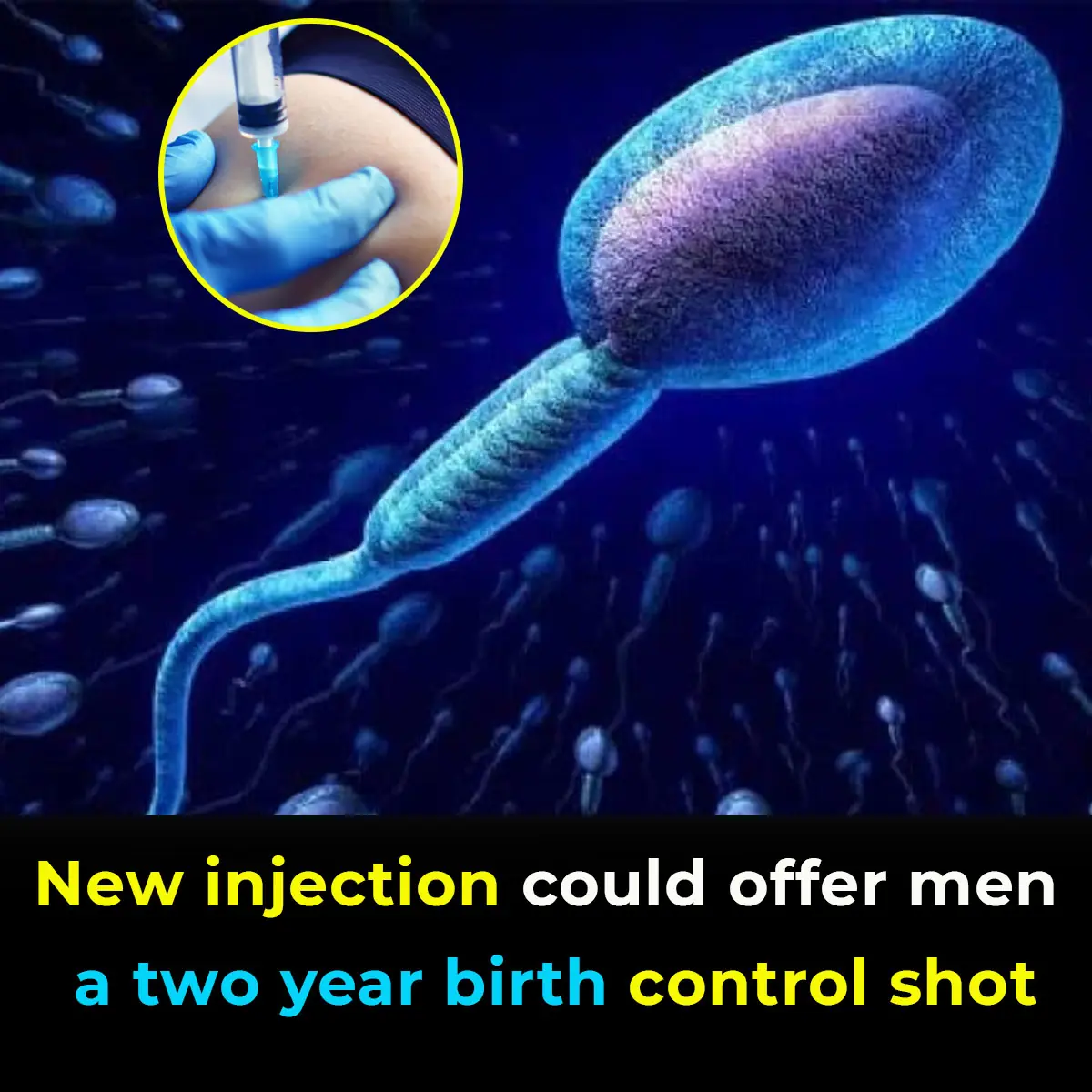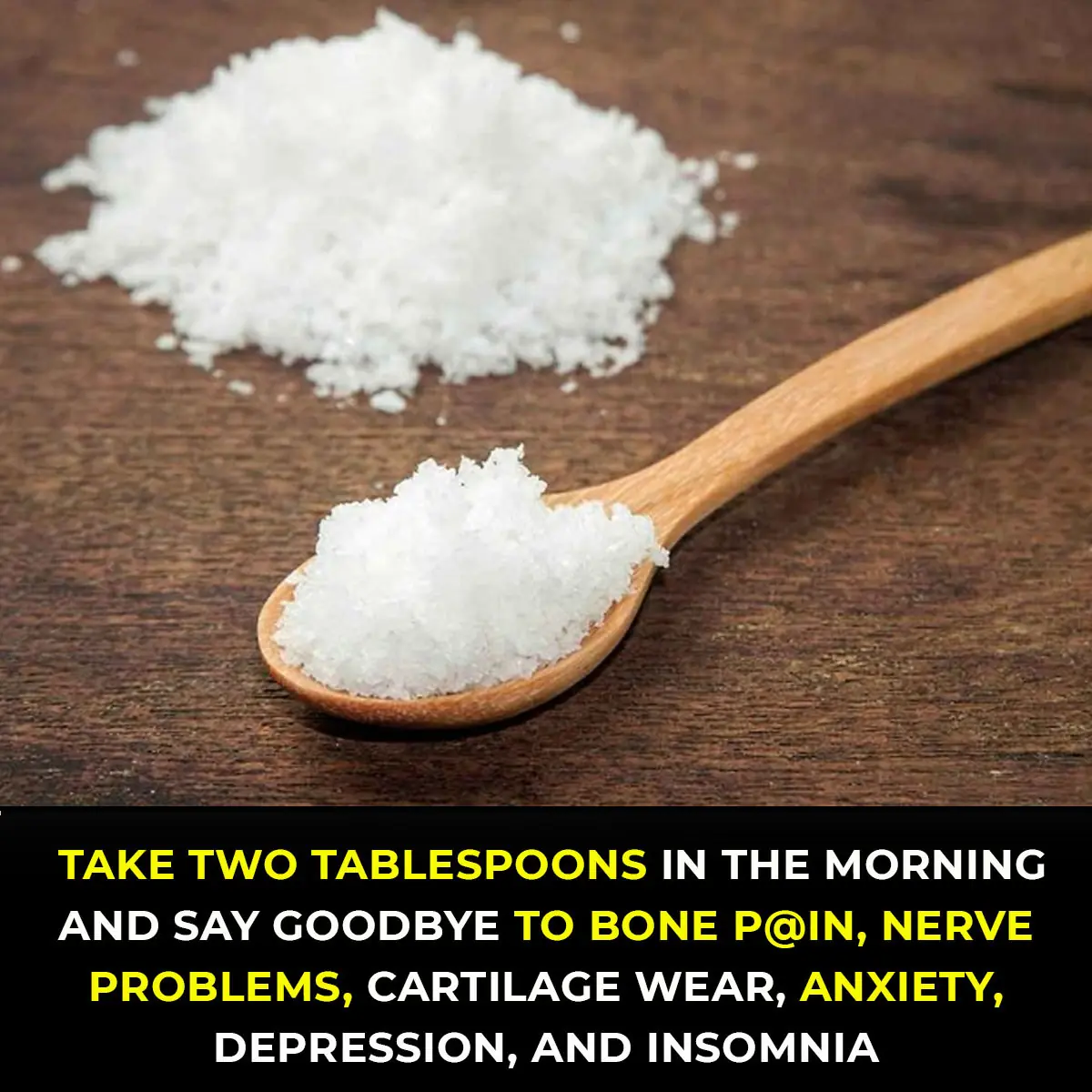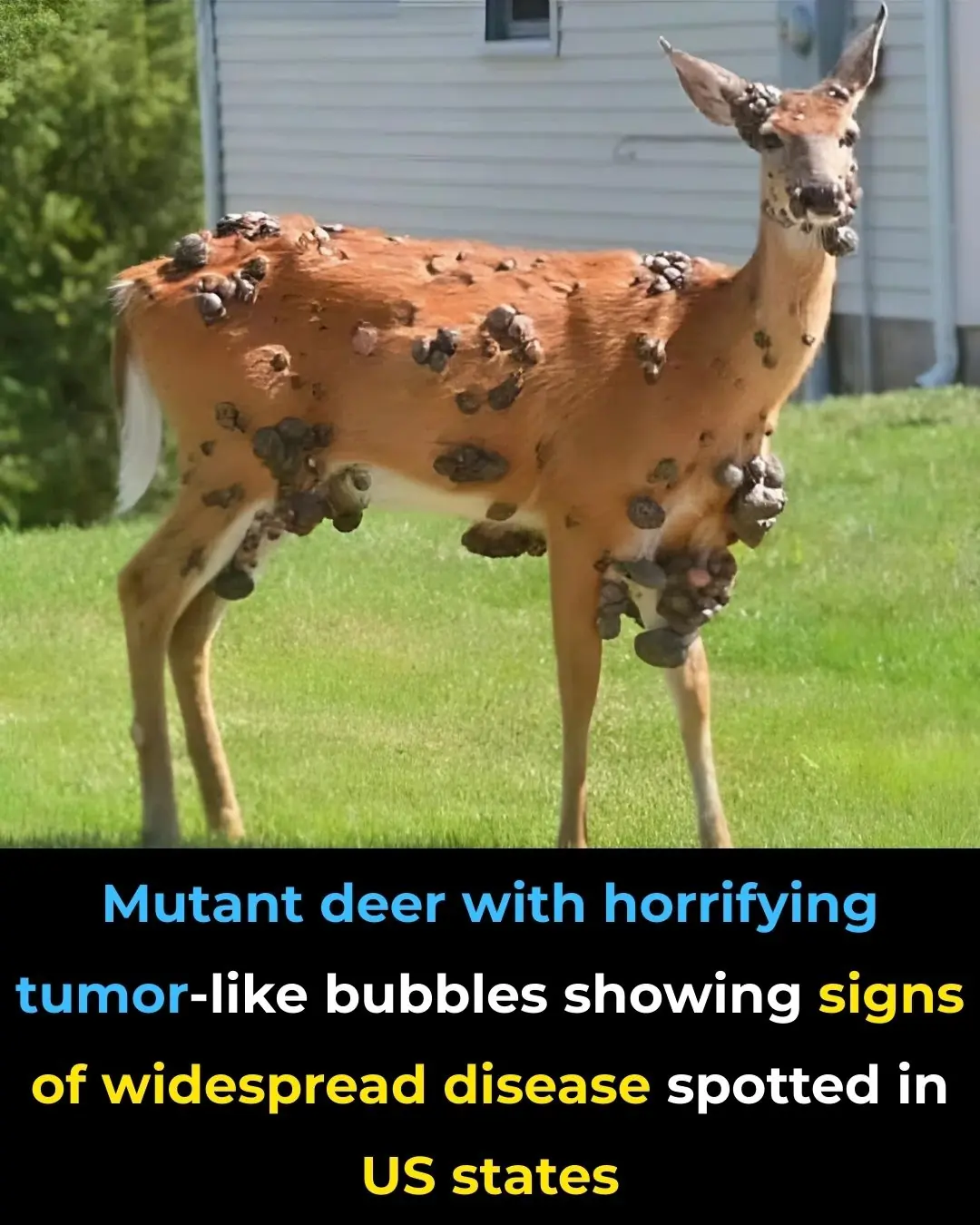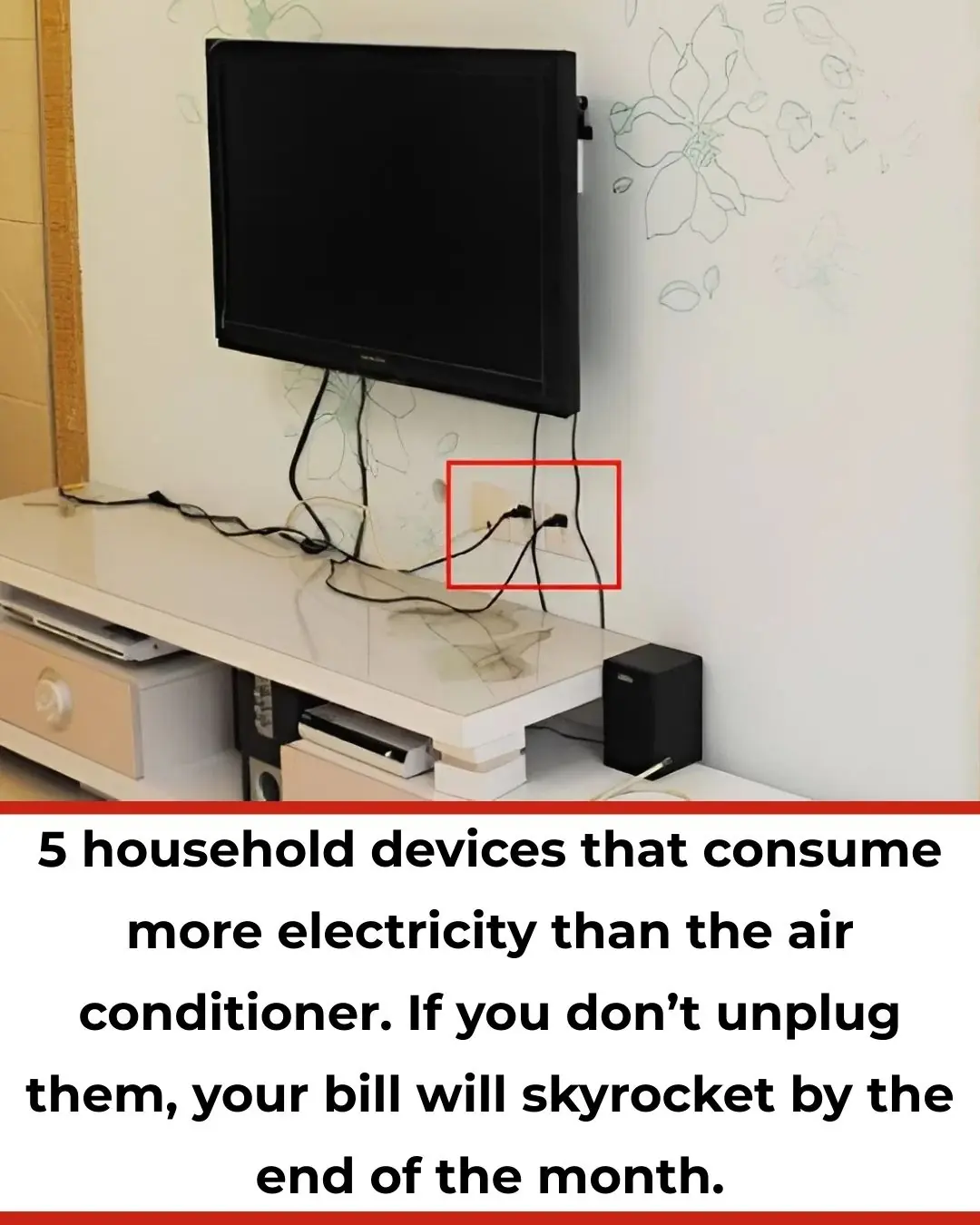TOPLINE:
In a study, patients with neuropathic pruritus showed significantly higher rates of anxiety, depression, sleep disorders, type 2 diabetes, obesity, and falls than healthy individuals. Gabapentin and topical corticosteroids were the most prescribed treatment agents with high success rates.
METHODOLOGY:
- Researchers conducted a retrospective cohort study of 71 adults with neuropathic pruritus at the University of Maryland outpatient dermatology clinic between January 2017 and January 2023.
- Overall, 32.4% of patients had notalgia paresthetica, 52.1% had scalp dysesthesia, and 9.9% had generalized neuropathic pruritus.
- They also assessed 71 healthy individuals without neuropathic pruritus from the same clinic with clinically normal skin and no pruritus or inflammatory dermatoses.
- Comorbidity rates, treatments, and their responses were evaluated for both the patient groups.
TAKEAWAY:
- Patients with neuropathic pruritus demonstrated increased odds of anxiety (adjusted odds ratio [aOR], 2.6; P = .04), depression (aOR, 2.2; P = .05), sleep disorders (aOR, 3.4; P < .01), type 2 diabetes (aOR, 2.5; P = .08), obesity (aOR, 2.9; P = .02), and falls (aOR, 4.4; P = .01).
- Topical corticosteroids were the most prescribed treatment (67.6%), followed by gabapentin (63.4%) and physical therapy or neck exercises (35.7%). Pregabalin (16.9% of patients), tricyclic antidepressants (19.7%), capsaicin (19.7%), and first-generation (28.2%) and second-generation (25.4%) antihistamines were also frequently prescribed treatments.






